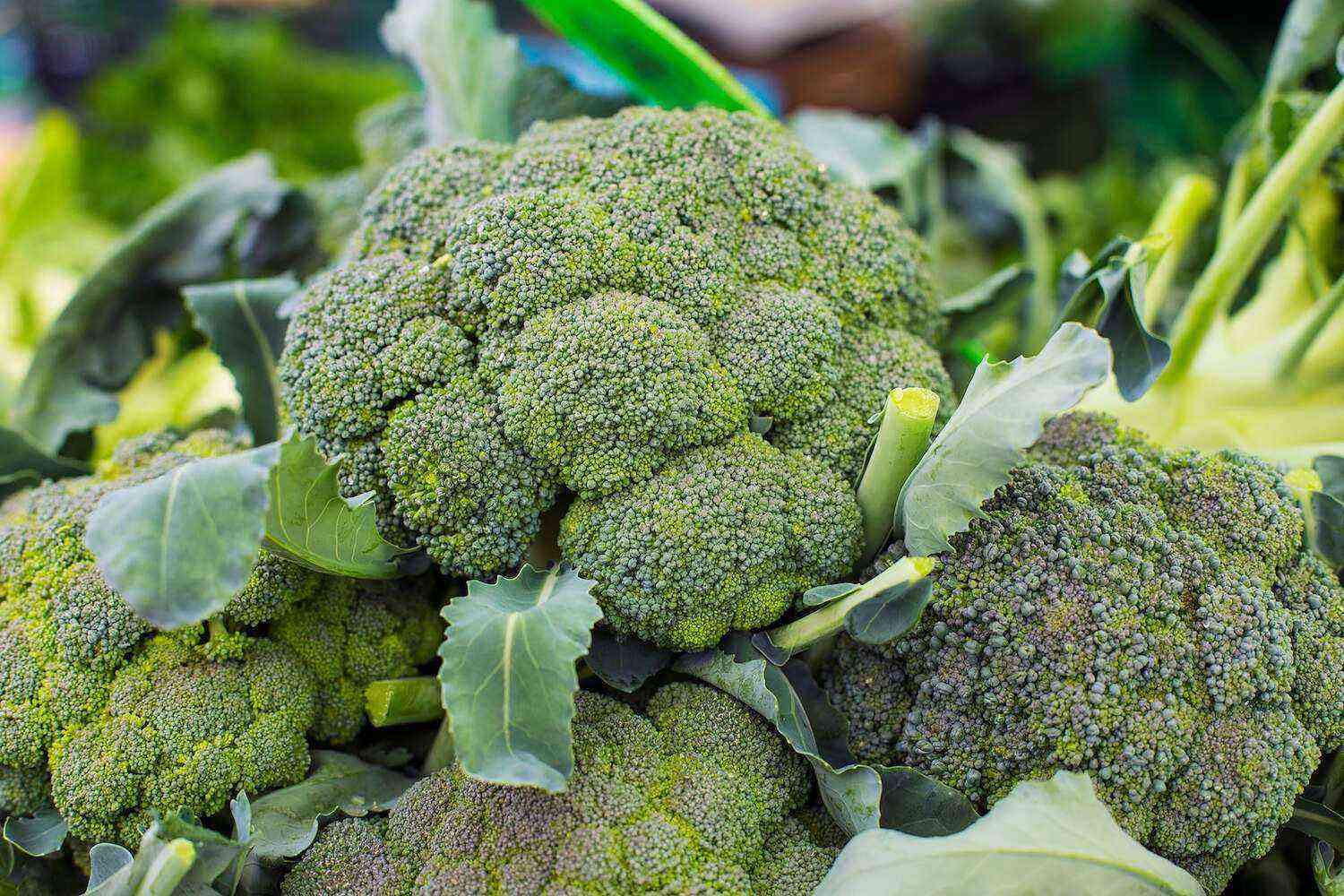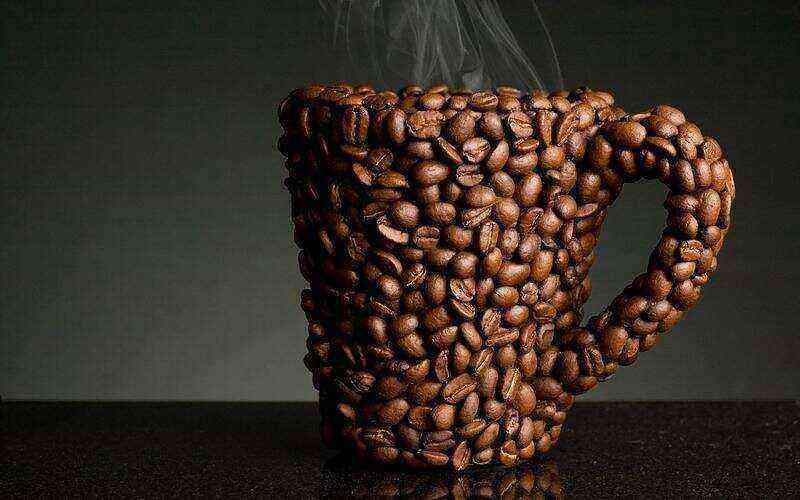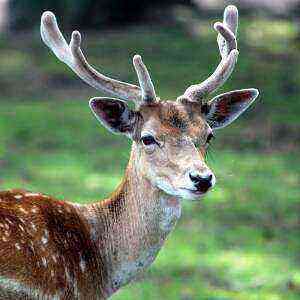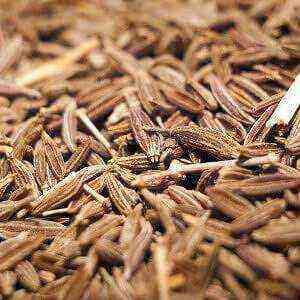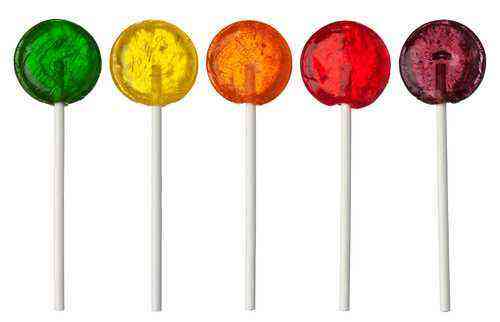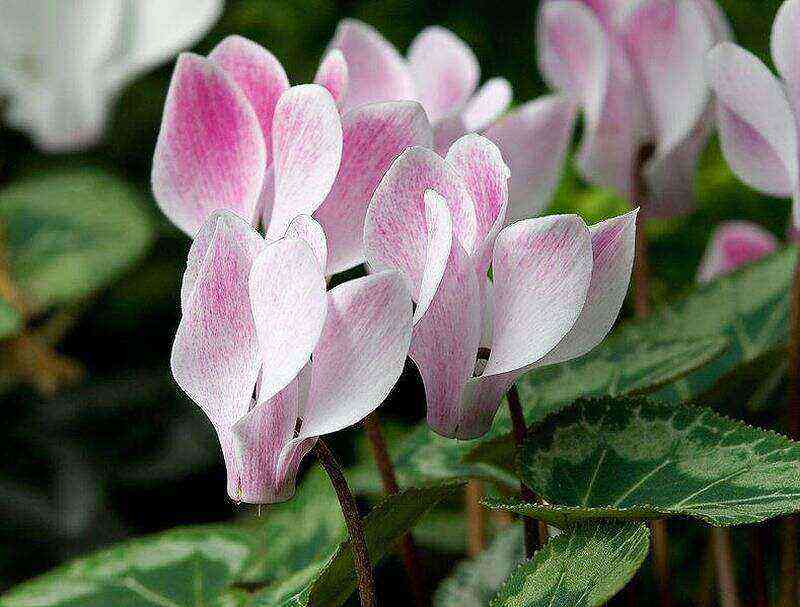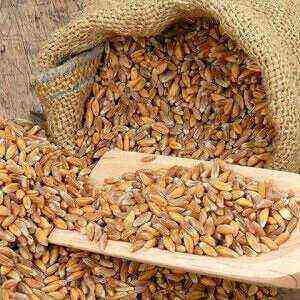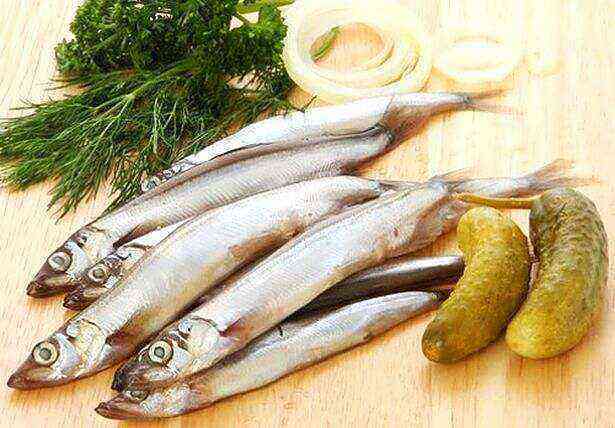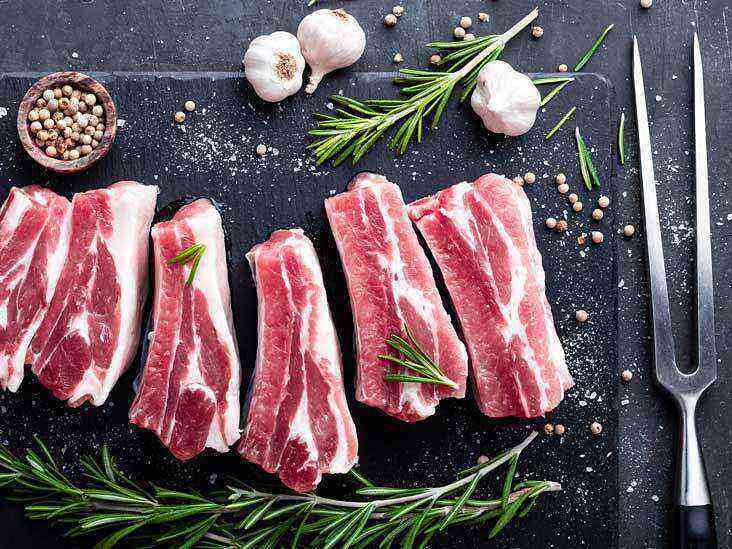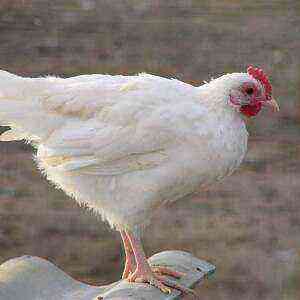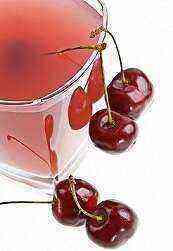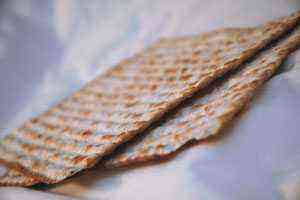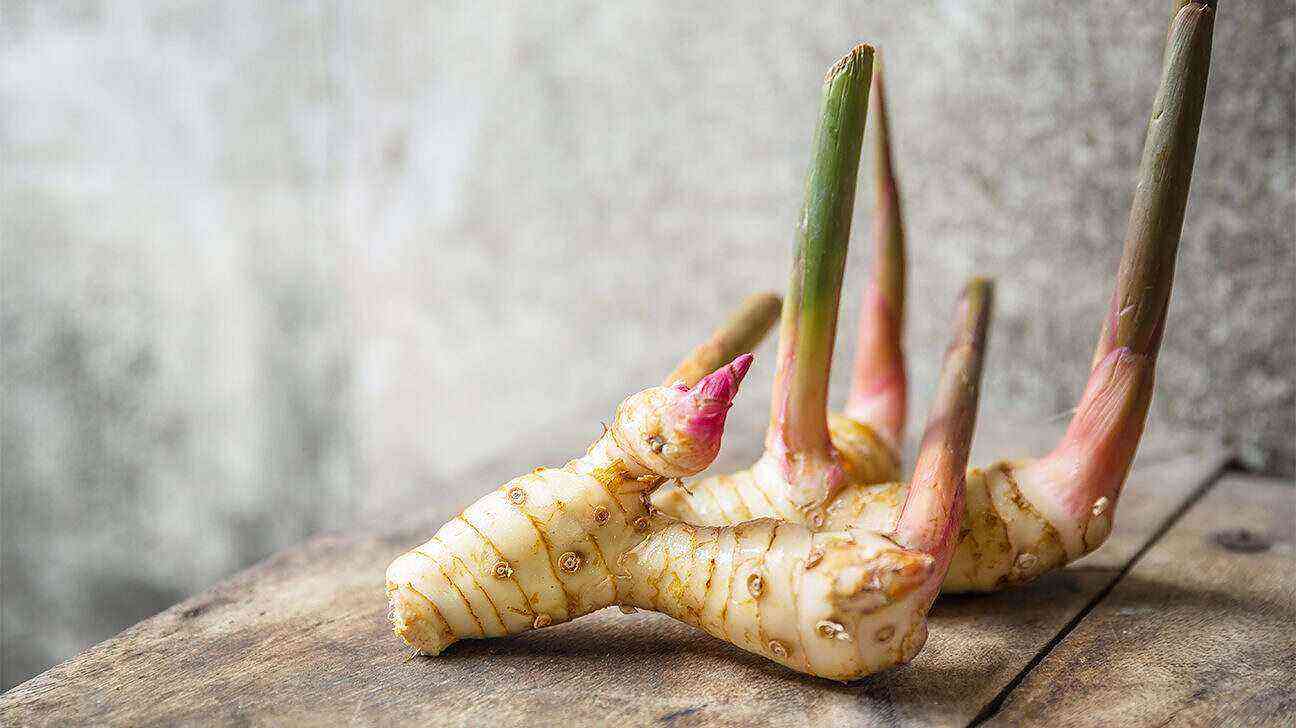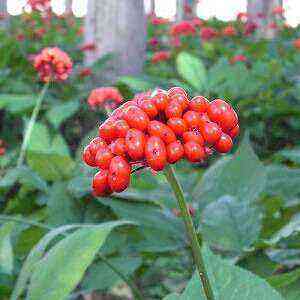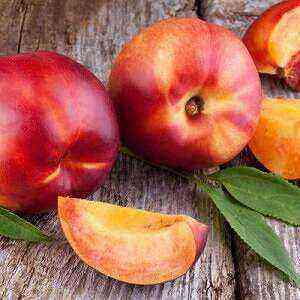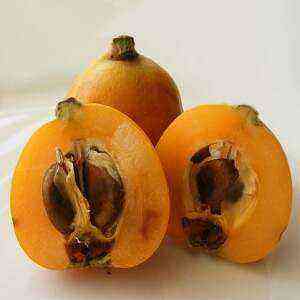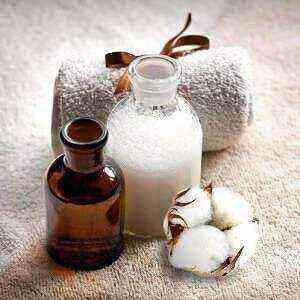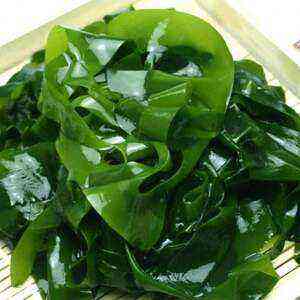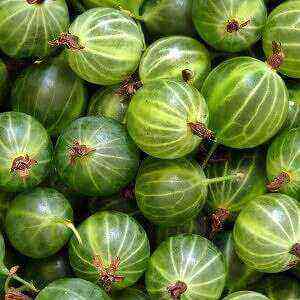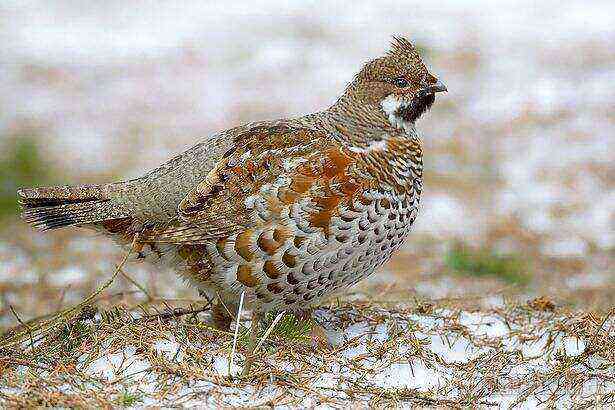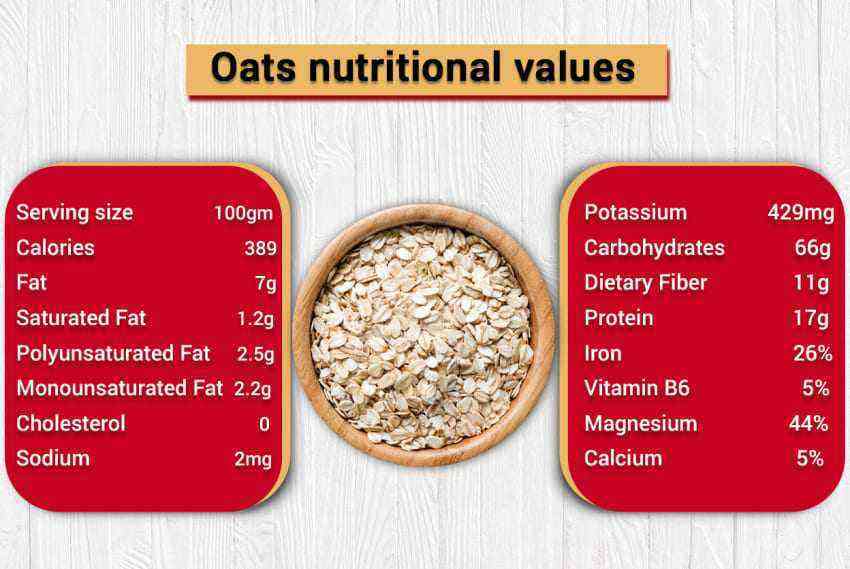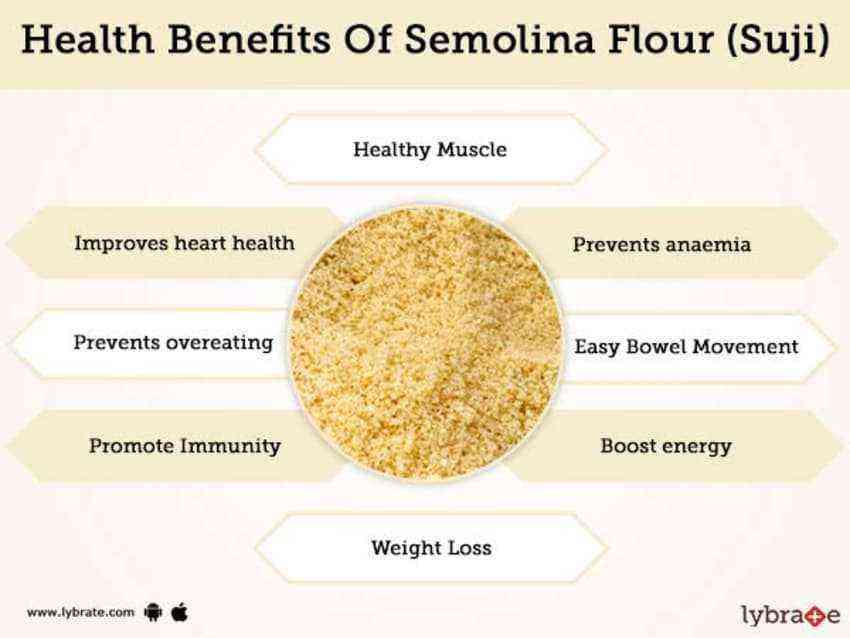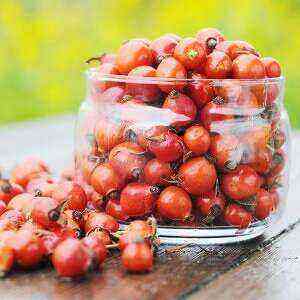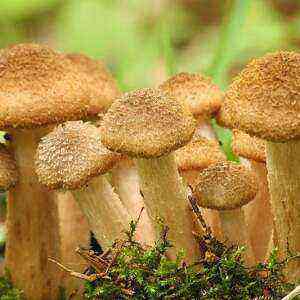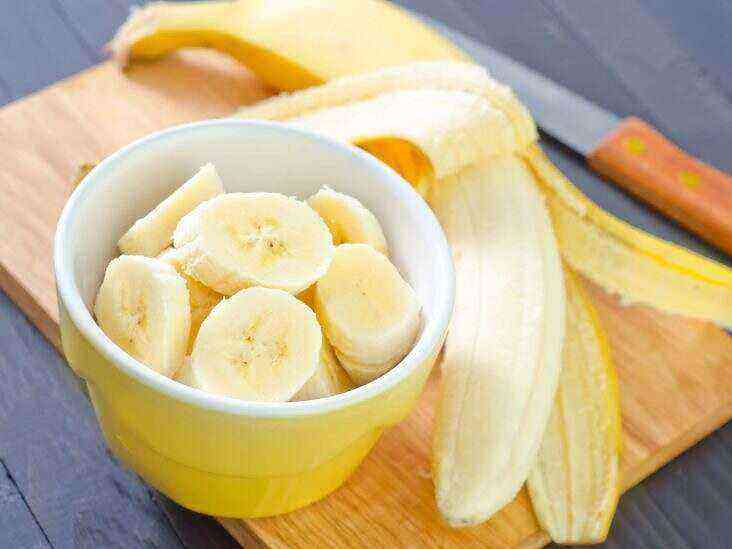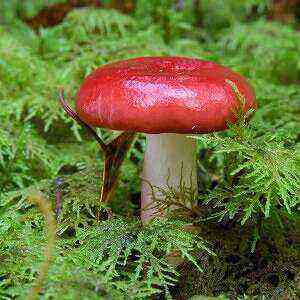
Sugar cane is a sun-loving plant of the family of cereals, visually resembles bamboo. Homeland culture – India, where it spread to the countries of America and the Middle East. Due to the entrepreneurial spirit of the Portuguese and Spaniards, the first sugar cane plantations appeared in Cape Verde and the Canaries. Arabs were brought to the Mediterranean countries. And in Russia (St. Petersburg), during the reign of Peter the Great, the first sugar factory was built.
The lead in sugarcane production belongs to Brazil – more than 20 million tons per year. In addition, it is the largest exporter of product in the world. Brazil annually sells 52,9% of the crop in the foreign market.
Today bastr is one of the most popular foods in the world. Interestingly, every country in the world is involved in its export or import ..
Bastre – what is it?
Cane sugar is a brown caramel aroma. The cost of bastra in 4 – 6 times higher than white beet sugar. The high price of the product is due to the fact that it is an unprocessed, primary, environmentally friendly product that is less harmful (and even moderately useful) than refined.
According to the recommendation of the World Health Organization, the daily intake of sugars should not exceed 50 grams for women and 60 grams for men (10% of the calorie intake of the daily diet) farmer-online.com farmer-online.com… Also, don’t forget that berries and fruits contain fructose, which is a saccharide.
Bastre is a spice that increases the shelf life and taste of the dish, so it is used in the preparation of sweet and sour sauces, pickles, canned meat and fish. As a result, it would seem that it would not be difficult to fit into the established safe standards, but in fact it turns out, on the contrary.
Sugar abuse increases the burden on the heart and the chances of developing atherosclerosis, heart attack, stroke, diabetes mellitus type two and yeast infection. In addition, it causes acne, weight problems, psycho-emotional imbalance (depression), destroys nerve endings. According to the latest research in the field of oncology, scientists have found that sugar increases the chances of getting cancer, because it serves as a “top-dressing” for modified cells.
Due to the rich mineral composition of bastra (phosphorus, zinc, sodium, potassium, magnesium, iron), it is recommended to completely stop taking processed white beet sugar and switch to unrefined brown cane product . farmer-online.com.
Production technology
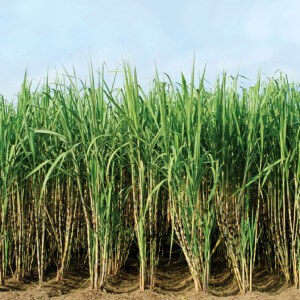
Cut stems are crushed with iron forks and special knives. This procedure is performed at least 5 times, then squeezed juice from the cake that contains water and aromatic substances (81%), sugar (18,36%), salts of organic acids (0,29%), nitrogenous mucus (0,29%) , starch (0,1%). To separate protein substances (0,03%), freshly slaked lime is added to it, the resulting mixture is heated to 70 degrees Celsius. The almost black hot syrup is filtered and evaporated to give sugar crystals. Then the baster is dried with hot air.
Interestingly, the cuttings of the plant annually bring harvest for 30 years.
A distinctive feature of sugar cane in comparison with beets as a raw material is the high content of reducing compounds. As a result, less lime is required to clean the bastra.
After processing, the crushed cane stems are transported back to the fields, where they serve as natural fertilizer. The sugar content in concentrated freshly squeezed juice reaches 65%.
The full cycle of bastre production from the loading of raw materials to obtaining brown crystals takes a day. The quality of the finished product depends on the state of the stems, their fullness with juice, compliance with the technological process, product packaging, storage conditions.
The color of a correctly made bastre varies from golden to brown and depends on the raw material (molasses used), without foreign inclusions. Mass fraction of moisture in it should not exceed 0,25%. Brown sand has a characteristic caramel flavor and taste.
Cane sugar is less sweet than beet sugar.
When buying, pay attention that the bastr is free-flowing, without lumps. The presence of the latter indicates a violation of the storage conditions of the product (an increase in air temperature over 30 degrees, and relative humidity – 80%). As a result, the bastr becomes wet, sticky, crystals grow together into lumps, and growths are formed. In addition, humidification triggers microbiological processes, as a result of which the product becomes unusable. ...
Types of cane sugar

Brief description of species:
- Demerara. This cane variety grows in South America. Unrefined sugar crystals are hard, sticky, golden brown in color with a caramel smell.
“Demerara” is refined white sugar mixed with molasses.
In order not to buy a processed refined product carefully read the label.
- Muscavado. It has large honey-colored crystals, more aromatic than Demerara. Another name is light Barbados sugar.
The more molasses in Muscavado, the darker the product.
- “Turbinado” (Turbinado). This type of bastra owes its name to the method of processing raw materials with a turbine. The color range of the product is from rich brown to light yellow shades. It is a natural raw sugar produced by partially removing molasses from crystals using steam and water.
- Soft molasses or Black Barbados. The first type of bastra is molasses sugar, the second is black Barbados. It is a natural unrefined soft, moist cane bastr with a high molasses content. The color of the crystals is very dark, the aroma is very viscous.
Brown sugar with large, hardly soluble crystals is suitable for cooking dishes that are exposed to heat (hot sauces, beverages, marinades, preserves). These varieties include “Turbinado”, Barbados.
Soft fine-crystalline sugar is used to sweeten confectionery glaze, baked goods, and cold cocktails. This is Muscovado, Demerara.
The higher the content of molasses in cane sugar, the darker the bastr and the richer the treacle smell. ...
Benefit or harm?
Brown cane sugar contains 85 times more calcium, 173 times more potassium, 191 times more iron than beetroot. At the same time, it contains magnesium, which is not present in the white refinery at all, and vitamins of group B.
The nutritional value of white and brown sugar – 377 calories.
The processed refined product contains 99,91 grams of sucrose and bastr contains 96,21 grams per 100 grams. Thus, they contain relatively the same amount of carbohydrates. From the point of view of provocation of atherosclerosis and disorders of fat metabolism, they have the same effect on the human body ..
Table № 1 “Comparative characteristics of beet and cane sugar”
Chemical composition
Nutrient content in 100 grams, milligrams
Beet sugar
Cane Sugar (Bastras)
Vitamins
Thiamine (B1) – 0,008 Riboflavin (B2) 0,019 0,007 Niacin (PP) – 0,082 Pyridoxine (B6) – 0,026 Folic acid (B9) – 0,001
Macronutrients
Калий
2,0
346,0
Кальций
1,0
85,0
Фосфор
–
22,0
Натрий
–
0,18
Магний
–
29,0
Trace Elements
Zinc – 0,18 Iron 0,01 1,91
By the vitamin and mineral composition, cane sugar is many times superior to beet sugar.
Glucose in a bastre of higher quality than white refined sugar. It nourishes the human brain, protects against mental overload. Therefore, during a strong emotional upheaval, it is recommended to eat a sweet to help the body cope with shock. At the moment, a cup of strong coffee with two spoonfuls of bastre or cane sweets with dried fruits will help. In addition, glucose “bestows” the body with energy reserves, which will not leave a mark on your figure, since unrefined sugar contains plant fibers that contribute to the absolute absorption of carbohydrates.

- improves performance (like sea salt);
- improves well-being;
- supplies the body with minerals and vitamins;
- stabilizes the circulatory and nervous systems;
- strengthens bone, articular tissues;
- normalizes the work of the stomach;
- restores energy loss of the body after intense workouts;
- regulates liver function;
- prevents atherosclerosis.
Natural raw sweetener is used in cosmetology as the main component of body scrubs for the purpose of cleaning, tightening and nourishing the skin.
Unlike beet sugar, cane sugar is much less likely to lead to caries, less affects metabolic processes, does not contain sulfur dioxide, formic, phosphoric acid that remain in the product after bleaching and poison the body.
To prevent bastr from harming your health, observe moderation. For the human body, the safe intake of saccharides per day is 50-60 grams of natural unprocessed sweetener. If excessive, it leads to fat deposition, weight gain and threatens obesity. In addition, people with diabetes and hypertension should limit their consumption of bastra so as not to aggravate health problems. And people with an allergic reaction to the product should completely exclude the sweetener from the diet.
Sugar abuse causes addiction, increases the risk of developing cancer, and overloads the pancreas.
Nutritionists recommend bastr replaced by:
- natural honey;
- sugar cane juice (organic origin);
- dried fruits (dates, prunes, raisins, dried apricots, figs);
- berries and fruits with a high glucose content (grapes, persimmons, bananas, apricots, mangoes, tangerines, lychees, cherries) 1.
Cooking application
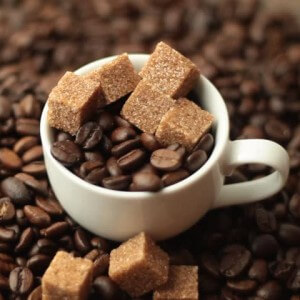
This is an indispensable product in the confectionery industry: bastras are used in baking bakery products, cooking creams, mousses, jelly, ice cream, jam, candy, cookies, icing, cakes, and marmalade. Any dessert is complete without the use of sugar. It improves the consistency of the product, increases its volume, promotes the growth of yeast dough, prolongs the shelf life of the product.
Bastr is a unique spice that is added not only to confectionery, but also to sauces, soups, cold dishes, salads, carbonara, stews, and canned meat. In Swedish cuisine, chefs inject brown sugar into liver pate and use it to marinate herring. In addition, a natural sweetener is used in brewing and winemaking.
Cinnamon Rolls and Bastre Recipes
Ingredients:
kefir 3,2% – 250 milliliters;
- dry yeast – 10 grams;
- vegetable oil – 100 milliliters;
- sea salt – 2,5 grams;
- wheat flour – 750 gram;
- ground cinnamon – 15 grams;
- cane sugar – 100 grams;
- chicken egg – 1 piece;
- honey – 30 milliliters;
- Butter – 70 g.
Principle of preparation:
- In 50 milliliters of water, dissolve the yeast, to speed up the reaction, add 15 grams of sugar (1 tablespoon). The mixture should rise with a froth.
- Mix vegetable oil with kefir, heat on the stove to 40 degrees and pour in the yeast. Add the remaining sugar, salt, chicken egg.
- Sift flour. Enter to the oil base.
- Knead the dough, leave it to come for an hour.
- Melt the butter, mix the cinnamon with sugar.
- Roll the dough into a layer, brush with butter. Sprinkle generously with a mixture of cinnamon and sugar on top and roll into a roll.
- Cut dough with filling into squares, make buns from each one.
- Preheat oven to 180 degrees. Grease a baking sheet with vegetable oil, put buns on it, leave on a plate on 15 – 20 minutes. After the dough comes, brush the tip with a beaten egg. Bake 30 minutes.
- Remove the buns from the oven, remove from the pan and cool. Grease the surface with honey or sprinkle with powdered sugar.
Cinnamon buns served with tea or coffee.
Debunking Myths
Despite the fact that bastr is a new product on the store shelves (in a wide range it appeared only 10 – 15 years ago), but already managed to “acquire” legends and stereotypes. Consider the most common opinions and the degree of their veracity.
Myth number 1 “Natural brown sugar can not be distinguished from fakes”
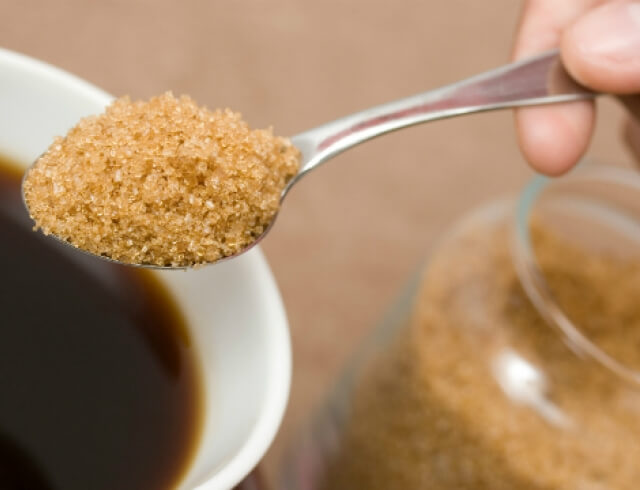
If the bastre is called “brown refined,” this indicates that it is processed and contains extraneous additives, dyes. Refuse to purchase such a sweetener.
In addition, cane molasses has a distinctive aroma, it is easy to distinguish it from the smell of burnt sugar, which gives fake products a brown color.
Pay attention to the price of raw sugar. Bastr is more expensive to produce than beet refined, therefore it has a high cost.
There are times when these precautions are powerless in the face of unscrupulous manufacturers. Therefore, buy cane sugar exclusively from trusted suppliers who value their reputation and monitor the quality of the product.
Myth number 2 “To distinguish a fake from a real bastard, just drop a spoonful of sweet sand into warm water and monitor the color of the liquid. Its coloring indicates a poor-quality product. ”
It’s a lie. Brown cane sugar is due to molasses, which is contained in the upper layers of crystals. When released into water, it dissolves faster than bastre itself. The physical explanation of this reaction: the molecules of sucrose in the crystal are very tight, they do not leave room for other substances. Therefore, with an increase in crystal size, molasses is pushed onto the upper layer. Thus, the bastr inside is transparent, and outside it has a characteristic brown-golden color.
 Myth number 3 “Brown sugar is healthier because it is less high-calorie than white”
Myth number 3 “Brown sugar is healthier because it is less high-calorie than white”
Of course, Bastre is the most useful natural sweetener. However, not because of the low calorie content, but due to the rich vitamin and mineral composition.
Myth number 4 “Cane sugar can be obtained from any raw material, it does not need to expose it to refining”
To make bastras out of anything will not work. Brown sugar is made from sugar cane juice. If desired, it can be “extracted” from the beets, but it will be very expensive. In this case, at first, ordinary refined sugar is made from a vegetable, then it is purified white and then dyed with cane molasses. From an economic point of view, these manipulations are unjustified.
Myth number 5 “Bastre should react with iodine”
There is an opinion that when iodine acts on cane sugar, natural sweetener should acquire a bluish tint. At the same time, the lack of reaction indicates that before you is a fake.
This statement is a myth. It is due to the fact that saccharides, when interacting with iodine, turn blue. However, this applies to starchy substances (polysaccharides). Baster, by its nature, is a monosaccharide, it does not manifest itself in contact with iodine, therefore this method of product authentication is not valid. Sugar extracted from cane juice will not and should not turn blue.
How not to buy fake bastr?

There is one way to recognize natural bastr from the imaginary: examine the information on the packaging in detail. Quality brown cane sugar is sold under the label “unrefined”. It should not contain any additions, impurities, aromatic or preservative substances. In addition, when choosing a product, pay attention to the country of origin.
Natural bastr brought from Guatemala, Costa Rica, Brazil, USA, Cuba, where large sugar cane plantations are concentrated. The color of a genuine product is golden, light or dark brown and depends on the region of growth, the content of molasses.
If there is access to the crystals smell them, natural cane sugar emits a vanilla-caramel flavor.
Storage and usage features
Due to the preservation of molasses, the bastras are not as dry as beet sugar. At the same time, long-term storage contributes to sticking and hardening of the product. But do not worry, this is his natural feature.

In a sugar bowl or open bag, natural sweetener quickly hardens. Therefore, after opening the package, immediately pour the product into a hermetically sealed container.
If the bastr has crystallized, pour it into a container and cover with a damp cloth. After two hours, it will again acquire a crumbly structure, become soft and moist. It is not recommended to store cane sugar for more than a year.
Features of use:
- To make caramel, give preference to white refined sugar. The absence of molasses improves the caramelization of the concentrated sugar syrup, facilitates the assessment of its readiness by color.
- For the production of bakery products, use brown sugar. Baking with bastre will keep softness longer, since molasses inhibits the sweetening of the sweetener in the finished product. In addition, buns cooked on cane sugar, give a slight smell of toffee.
- Bastre improves quality, facilitates and accelerates the preparation of sand baking. The syrup of brown sugar has an acid reaction, thanks to which it reacts well with soda, as a result of which carbon dioxide is formed, which stimulates the rise of the dough.
Bastr is considered an ideal sweetener for coffee and tea, as it helps to fully reveal the taste of strong caffeinated drinks. ...
Conclusion

The caloric content of cane sugar – 377 calories per 100 grams of product (not higher than the beet).
In moderate amounts (up to 60 grams per day), it has a positive effect on the human body: it supplies energy, vitamins, minerals, activates blood circulation, prevents blood clots, reduces the risk of developing arthritis, atherosclerosis, stabilizes the liver, spleen.
However, the abuse of Bastre harms human health: it increases the level of glucose, which, with a sedentary lifestyle, is not burned, but deposited in fat, which spoils the figure, disrupts metabolism, leads to obesity. In addition, sugar increases the acidity of saliva, destroys tooth enamel, which threatens with the appearance of caries.
Nutritionists recommend using unrefined bastr exclusively for sweetening baked goods, cocktails, drinks, marinades and sauces and should never be eaten as a standalone product. If possible, replace raw sugar with dried fruits, berries and fruits with a high glucose content, which are much healthier for the body.
Observe food moderation and be healthy!
Sources of
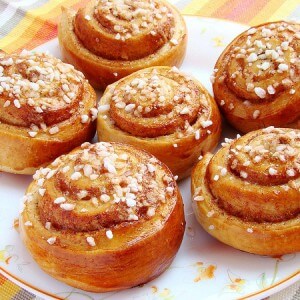 kefir 3,2% – 250 milliliters;
kefir 3,2% – 250 milliliters;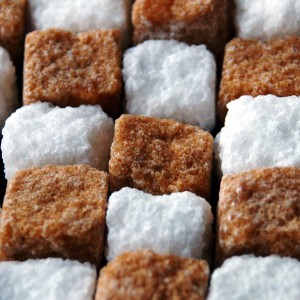 Myth number 3 “Brown sugar is healthier because it is less high-calorie than white”
Myth number 3 “Brown sugar is healthier because it is less high-calorie than white”
